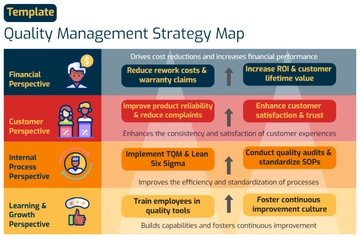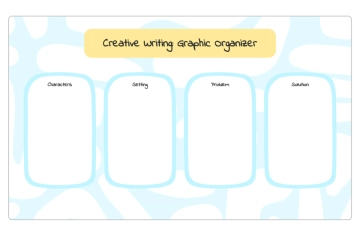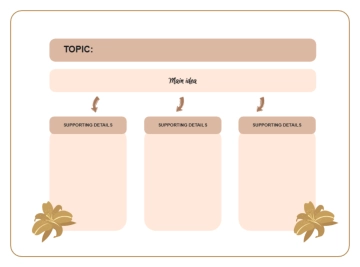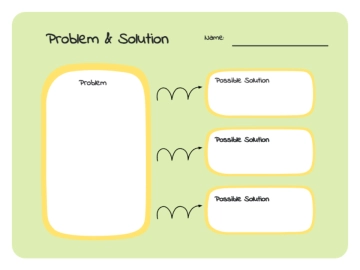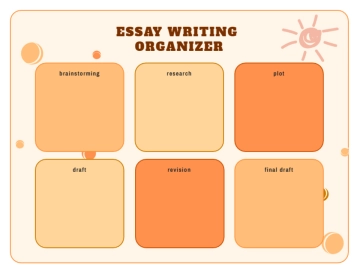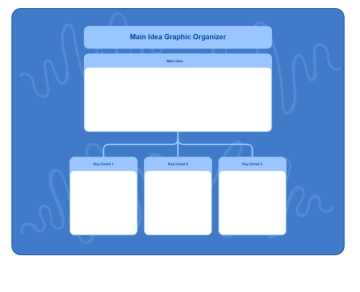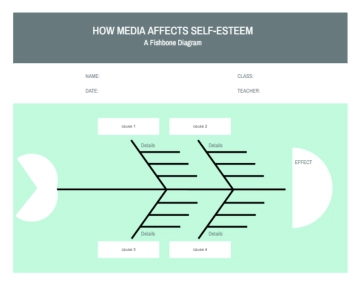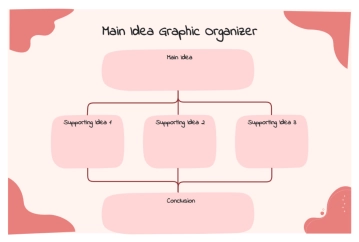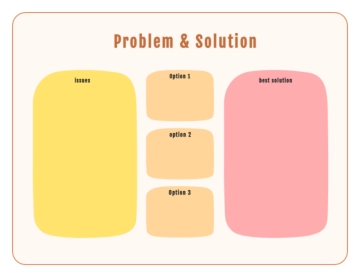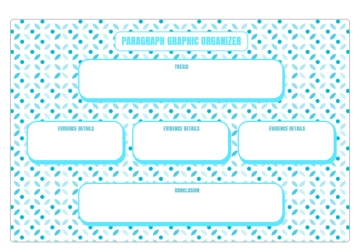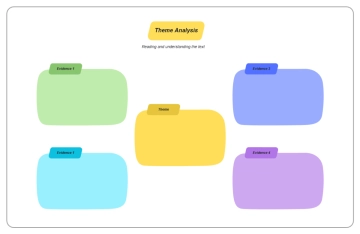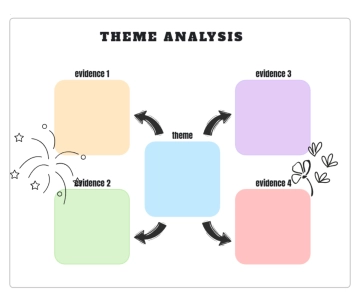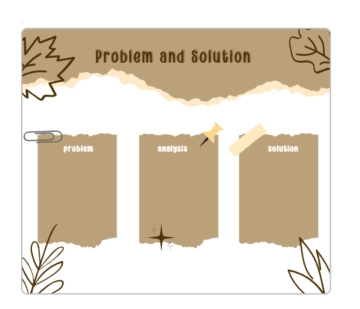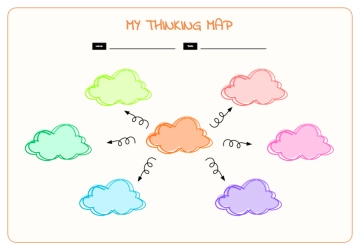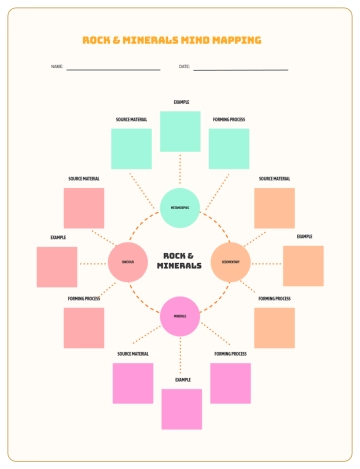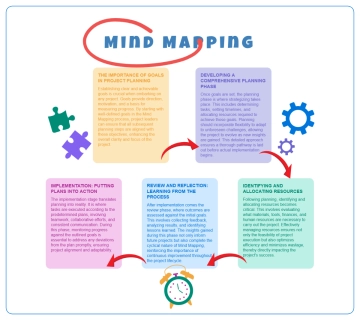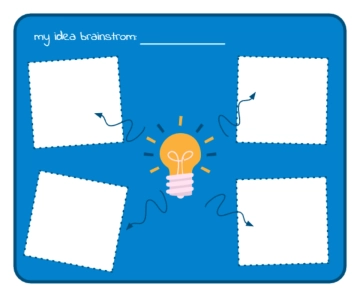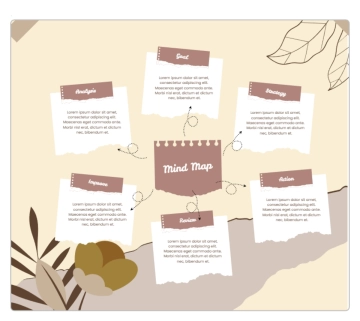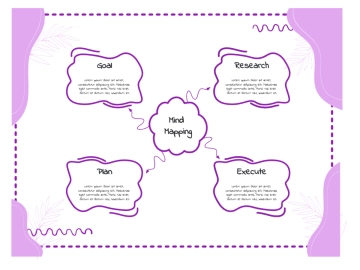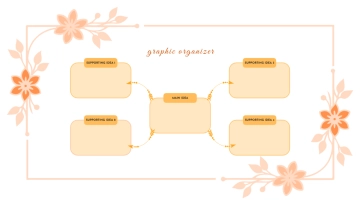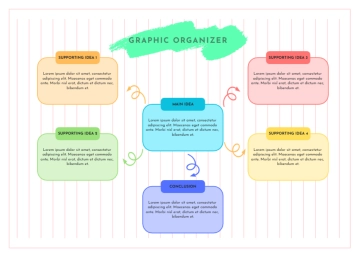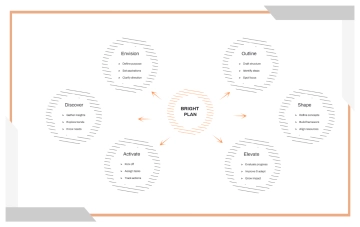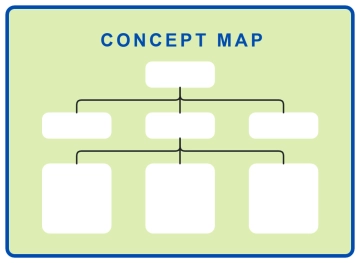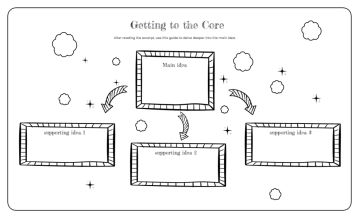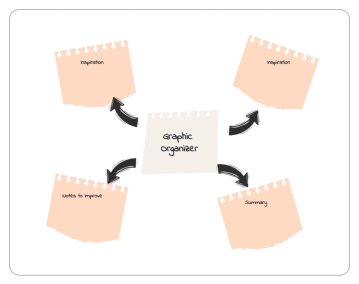Free Strategic Account Plan
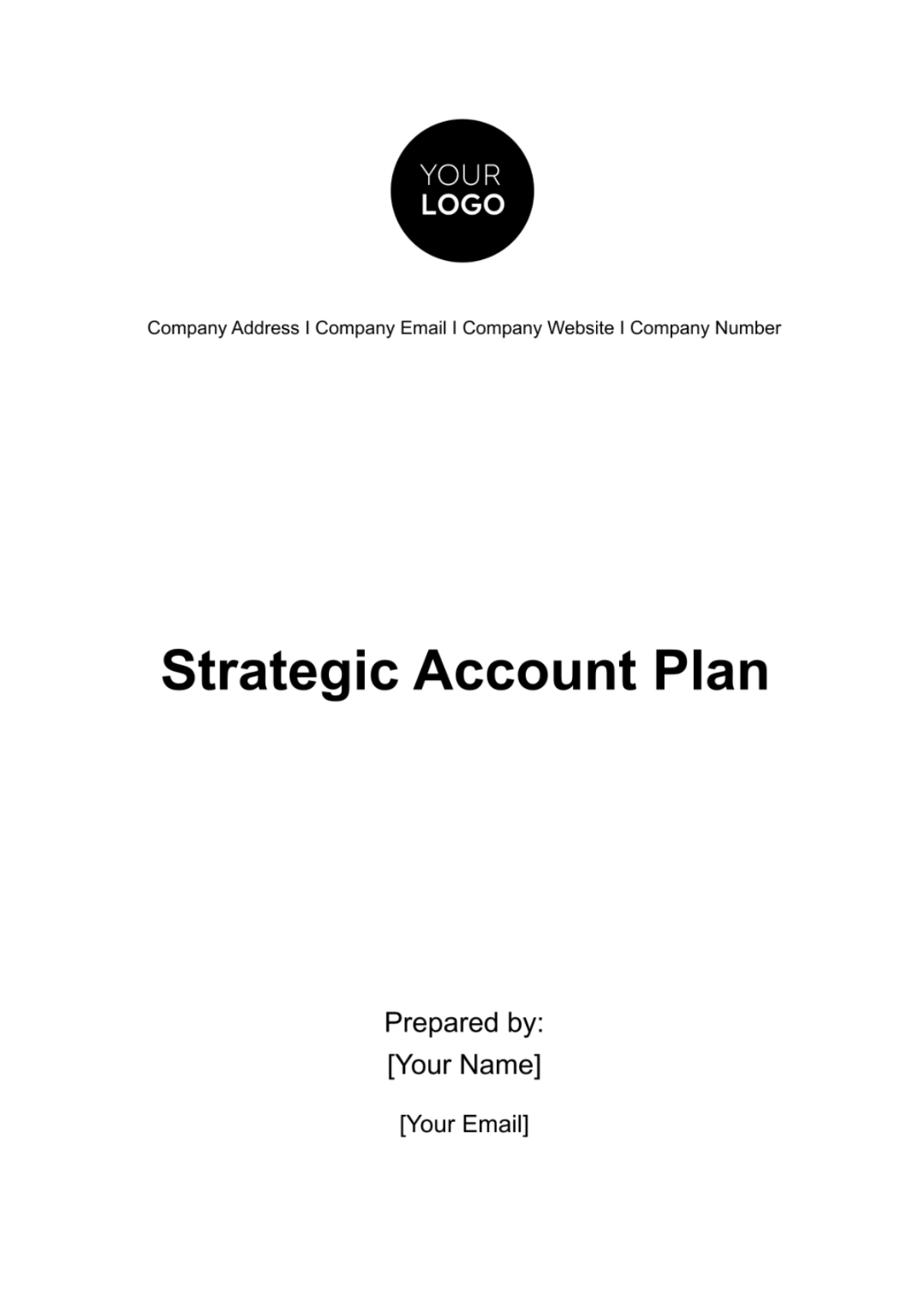
I. Introduction
The Strategic Account Plan is a crucial document for [Your Company Name], outlining our approach to managing and developing our most important client relationships. The purpose of this plan is to provide a detailed roadmap for nurturing these key accounts, ensuring their long-term growth and success, which in turn drives our own business performance. This comprehensive plan is developed with careful consideration of our clients' business goals, challenges, and needs, aligning them with the unique solutions and value propositions offered by [Your Company Name].
II. Client Overview
Each strategic account plan begins with an in-depth overview of the client. This includes the client’s business profile, key stakeholders, market position, and competitive landscape. We gather and analyze data to understand their industry dynamics, challenges they are facing, and opportunities they are targeting. Our aim is to build a holistic understanding of the client's business to tailor our services and solutions effectively.
For instance, if our key account is in the manufacturing sector, we examine factors such as their supply chain processes, technological adoption, and market trends impacting their business. This enables us to identify areas where [Your Company Name] can add significant value.
III. Account Goals and Objectives
Objective Setting Framework
We use a SMART (Specific, Measurable, Achievable, Relevant, Time-Bound) framework to set goals and objectives for each strategic account. This framework ensures that each goal is clear, quantifiable, realistic, aligned with both parties' interests, and has a defined timeline.
Goals and Objectives for a Key Account
Increase Revenue Growth: Aim to boost revenue from the key account by 20% over the next fiscal year. This will be achieved through cross-selling additional services and enhancing the uptake of our premium product lines.
Enhance Client Satisfaction: Achieve a client satisfaction rate of over 90% by the end of the year. This involves improving service delivery, providing personalized solutions, and regular engagement through feedback sessions and client meetings.
Expand Service Adoption: Introduce and increase the adoption of new services by 30% within the next 12 months. This will be achieved through targeted demonstrations, training sessions for the client, and showcasing the added value of these new services.
Strengthen Client Relationship: Establish a more robust relationship with the client by increasing touchpoints and engaging in strategic discussions beyond regular operational meetings. The goal is to become a trusted advisor rather than just a service provider.
Facilitate Client Growth: Support the client's growth objectives by aligning our services with their expansion plans, potentially entering new markets or segments alongside them. This objective underscores our commitment to being a partner in their growth journey.
Methodology for Achieving Goals
To achieve these goals, we adopt a multifaceted approach:
Customized Service Solutions: Develop and propose solutions tailored specifically to the client's needs and challenges. This involves close collaboration with the client to understand their unique requirements.
Regular Performance Reviews: Conduct quarterly reviews with the client to assess our performance against these objectives, ensuring we remain on track and making adjustments as necessary.
Cross-Functional Team Involvement: Engage various teams within [Your Company Name], such as sales, customer service, and product development, to provide a holistic service experience to the client.
Client Engagement Initiatives: Organize regular workshops, seminars, and informal meetings to keep the client engaged and informed about our latest offerings and industry trends.
Performance Tracking and Reporting
We track progress against these objectives using a range of metrics, such as revenue figures, service adoption rates, client feedback scores, and the frequency and quality of client interactions. This performance data is compiled in regular reports, providing transparency both internally and to the client, fostering a culture of accountability and continuous improvement.
IV. SWOT Analysis
A SWOT (Strengths, Weaknesses, Opportunities, Threats) analysis is conducted for each strategic account. This analysis helps us understand our position and potential in relation to the specific client and their market.
Strengths | Weaknesses | Opportunities | Threats |
|---|---|---|---|
Strong client trust | Limited service range | Emerging market trends | New competitors |
Advanced technology | Geographical barriers | Client expansion plans | Changing market dynamics |
Quality reputation | Resource constraints | Client expansion plans | Economic fluctuations |
V. Action Plan
The action plan is the core of the strategic account plan. It outlines the specific strategies and actions we will undertake to achieve the identified goals and objectives. This plan is divided into various categories, including sales and marketing strategies, service delivery enhancements, and relationship-building initiatives.
Sales and Marketing Strategies: This may involve creating tailored marketing content for the client, organizing targeted workshops, or offering exclusive previews of new services.
Service Delivery Enhancements: Focus on improving our service delivery to meet the specific needs of the account, such as personalized customer service or accelerated response times.
Relationship-Building Initiatives: Regular meetings with key stakeholders, client feedback sessions, and dedicated account management teams are examples of efforts to strengthen our relationship with the client.
VI. Performance Metrics and KPIs
To measure the effectiveness of the strategic account plan, we establish specific performance metrics and key performance indicators (KPIs). These metrics are reviewed regularly to assess our progress and make necessary adjustments to our strategies.
KPI | Target | Measurement Frequency |
|---|---|---|
Revenue Growth | 20% increase | Quarterly |
Client Satisfaction | 90% satisfaction | Bi-annually |
Service Adoption Rate | 25% increase | Annually |
VII. Risk Management
In the realm of strategic account management, risk assessment and mitigation are pivotal to safeguarding the stability and growth of our client relationships. At [Your Company Name], we recognize that various internal and external factors can pose potential risks to the successful management of our key accounts. These risks could stem from shifts in the client’s business environment, fluctuations in market conditions, or even internal operational challenges within our organization. To address these uncertainties effectively, we have established a comprehensive risk management framework.
Identification and Assessment of Risks
Our first step in risk management involves a thorough identification and assessment of potential risks. This process is conducted in collaboration with key stakeholders from various departments such as sales, finance, and operations, ensuring a holistic view of potential risk factors. Common risks might include:
Changes in Client’s Business Strategy: Significant changes in the client's strategic direction could impact how our services align with their needs. For instance, if a client decides to shift their focus to a new market segment where we have limited experience, this could pose a risk to our ongoing partnership.
Market Instability: External factors such as economic downturns, regulatory changes, or competitive dynamics could affect the client’s business and, by extension, our relationship with them. For example, new regulations in the client's industry might require changes in our service offerings to comply with these new standards.
Internal Operational Challenges: Challenges within [Your Company Name], such as resource constraints, technological issues, or changes in key personnel, can also pose risks to the effective management of strategic accounts.
Mitigation Strategies and Contingency Planning
For each identified risk, we formulate tailored mitigation strategies. This involves developing contingency plans and proactive measures to manage these risks effectively. For instance, to mitigate the risk of changes in the client's business strategy, we maintain a flexible service model that can quickly adapt to their evolving needs. To address market instability, we conduct regular market analysis and adjust our strategies accordingly. For internal operational risks, we ensure robust succession planning and continuous training for our team to maintain service quality.
VIII. Budget and Resources
The strategic account plan necessitates a well-defined budget and allocation of resources to ensure its successful execution. In this regard, [Your Company Name] takes a methodical approach to outline the financial and human resources required to manage and grow each strategic account.
Financial Resource Allocation
The budget for managing strategic accounts includes various components such as personnel costs, marketing initiatives, technology investments, and other operational expenses. This budget is meticulously planned to align with the specific needs and objectives of each account. For instance, a significant portion of the budget might be allocated to technology upgrades if digital integration is a key aspect of the client’s requirements. Similarly, if the account growth strategy involves intensive marketing efforts, a considerable budget allocation would be made for marketing and promotional activities.
Human Resource Deployment
Human resources play a crucial role in the strategic account management process. This includes the allocation of dedicated account managers, support staff, and specialized personnel such as data analysts or product specialists, depending on the account’s needs. These team members are selected based on their expertise, experience with similar accounts, and their ability to build strong client relationships.
IX. Review and Adaptation
The dynamic nature of business necessitates that the strategic account plan remains a living document, subject to regular reviews and adaptations. This iterative process is critical to ensure that the plan stays aligned with the evolving needs and goals of both [Your Company Name] and the client.
Periodic Review Process
The review process involves a comprehensive evaluation of the plan at regular intervals – typically quarterly. During these reviews, we assess the progress against the set goals and objectives, analyze the effectiveness of the implemented strategies, and gather feedback from both the client and internal teams. This feedback is invaluable as it provides insights into areas of success and those requiring improvement.
Adapting to Changes
In response to changes in the client’s business environment, market dynamics, or internal factors at [Your Company Name], the strategic account plan may require adjustments. For example, if a client undergoes a merger or acquisition, it may necessitate a revision of the account strategy to align with the new organizational structure and goals. Similarly, if [Your Company Name] introduces new products or services, the plan may be adapted to include these offerings in the account growth strategy.
X. Conclusion
Setting clear, achievable, and impactful goals and objectives is fundamental to the success of our strategic account management at [Your Company Name]. These goals not only guide our day-to-day interactions with key clients but also shape the long-term strategy for each account. Through this diligent and strategic approach, we aim to not only meet but exceed the expectations of our clients, thereby solidifying our partnerships and driving mutual growth.
- 100% Customizable, free editor
- Access 1 Million+ Templates, photo’s & graphics
- Download or share as a template
- Click and replace photos, graphics, text, backgrounds
- Resize, crop, AI write & more
- Access advanced editor
Optimize your key account strategies with Template.net's Strategic Account Plan Template. Professionally designed, this template is fully editable and customizable, catering to your unique business needs. It provides a structured approach for detailed account planning, ensuring comprehensive management and development of strategic client relationships. Empower your account planning by editing this template with our Ai Editor Tool.
You may also like
- Finance Plan
- Construction Plan
- Sales Plan
- Development Plan
- Career Plan
- Budget Plan
- HR Plan
- Education Plan
- Transition Plan
- Work Plan
- Training Plan
- Communication Plan
- Operation Plan
- Health And Safety Plan
- Strategy Plan
- Professional Development Plan
- Advertising Plan
- Risk Management Plan
- Restaurant Plan
- School Plan
- Nursing Home Patient Care Plan
- Nursing Care Plan
- Plan Event
- Startup Plan
- Social Media Plan
- Staffing Plan
- Annual Plan
- Content Plan
- Payment Plan
- Implementation Plan
- Hotel Plan
- Workout Plan
- Accounting Plan
- Campaign Plan
- Essay Plan
- 30 60 90 Day Plan
- Research Plan
- Recruitment Plan
- 90 Day Plan
- Quarterly Plan
- Emergency Plan
- 5 Year Plan
- Gym Plan
- Personal Plan
- IT and Software Plan
- Treatment Plan
- Real Estate Plan
- Law Firm Plan
- Healthcare Plan
- Improvement Plan
- Media Plan
- 5 Year Business Plan
- Learning Plan
- Marketing Campaign Plan
- Travel Agency Plan
- Cleaning Services Plan
- Interior Design Plan
- Performance Plan
- PR Plan
- Birth Plan
- Life Plan
- SEO Plan
- Disaster Recovery Plan
- Continuity Plan
- Launch Plan
- Legal Plan
- Behavior Plan
- Performance Improvement Plan
- Salon Plan
- Security Plan
- Security Management Plan
- Employee Development Plan
- Quality Plan
- Service Improvement Plan
- Growth Plan
- Incident Response Plan
- Basketball Plan
- Emergency Action Plan
- Product Launch Plan
- Spa Plan
- Employee Training Plan
- Data Analysis Plan
- Employee Action Plan
- Territory Plan
- Audit Plan
- Classroom Plan
- Activity Plan
- Parenting Plan
- Care Plan
- Project Execution Plan
- Exercise Plan
- Internship Plan
- Software Development Plan
- Continuous Improvement Plan
- Leave Plan
- 90 Day Sales Plan
- Advertising Agency Plan
- Employee Transition Plan
- Smart Action Plan
- Workplace Safety Plan
- Behavior Change Plan
- Contingency Plan
- Continuity of Operations Plan
- Health Plan
- Quality Control Plan
- Self Plan
- Sports Development Plan
- Change Management Plan
- Ecommerce Plan
- Personal Financial Plan
- Process Improvement Plan
- 30-60-90 Day Sales Plan
- Crisis Management Plan
- Engagement Plan
- Execution Plan
- Pandemic Plan
- Quality Assurance Plan
- Service Continuity Plan
- Agile Project Plan
- Fundraising Plan
- Job Transition Plan
- Asset Maintenance Plan
- Maintenance Plan
- Software Test Plan
- Staff Training and Development Plan
- 3 Year Plan
- Brand Activation Plan
- Release Plan
- Resource Plan
- Risk Mitigation Plan
- Teacher Plan
- 30 60 90 Day Plan for New Manager
- Food Safety Plan
- Food Truck Plan
- Hiring Plan
- Quality Management Plan
- Wellness Plan
- Behavior Intervention Plan
- Bonus Plan
- Investment Plan
- Maternity Leave Plan
- Pandemic Response Plan
- Succession Planning
- Coaching Plan
- Configuration Management Plan
- Remote Work Plan
- Self Care Plan
- Teaching Plan
- 100-Day Plan
- HACCP Plan
- Student Plan
- Sustainability Plan
- 30 60 90 Day Plan for Interview
- Access Plan
- Site Specific Safety Plan
